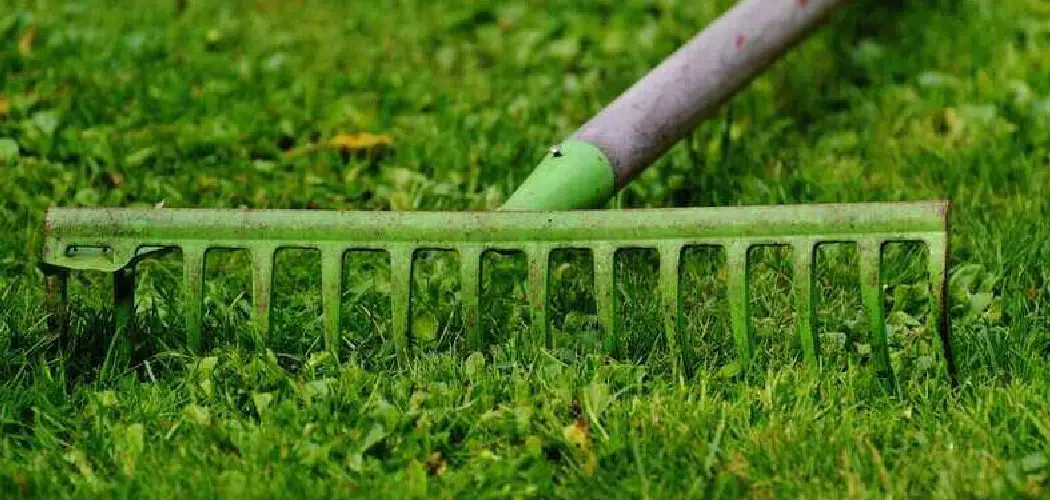A vibrant, lush lawn is a welcome sight and makes any outdoor space feel more inviting. When grass begins to thin, yellow, or become choked with weeds, a quick fix is not always enough to restore its beauty. In these situations, learning how to remove old grass and lay new turf is a valuable skill. Replacing a failing lawn not only improves your yard’s appearance but also enhances ground coverage and makes long-term maintenance simpler.
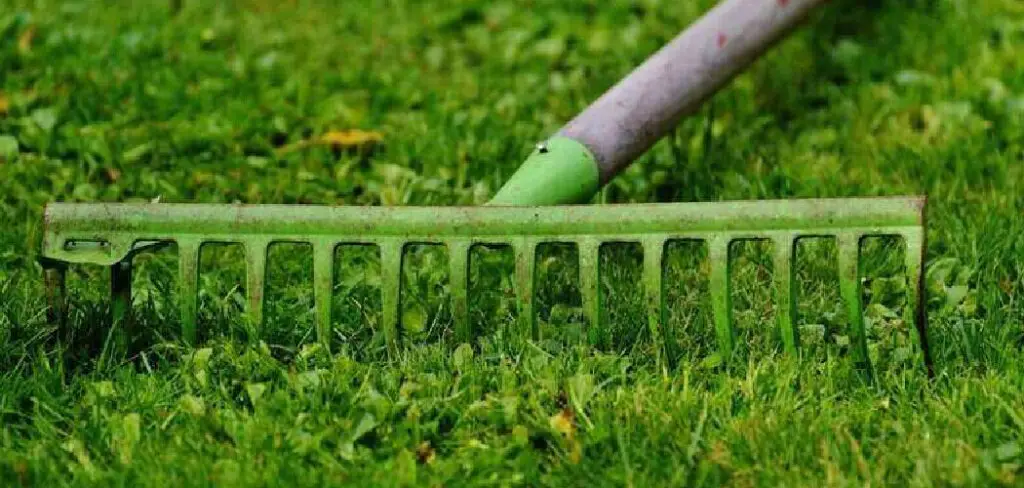
The process of turf replacement follows a sequence: assessing your existing lawn, choosing the best turf, removing the old grass, preparing the ground, installing the new turf, and establishing an effective care routine. Getting each step right ensures a smart investment and a healthy, green landscape for years to come. This guide details how to remove old grass and lay new turf, helping you turn a patchy lawn into a thriving, beautiful outdoor space.
Assessing Your Lawn’s Condition
Careful evaluation helps you decide if full replacement is required or if minor repairs could suffice.
Signs That Indicate Grass Should Be Replaced
Look for signs like widespread bare patches, stubborn weed growth, compacted soil, or evidence of lawn diseases spreading through the yard. If your maintenance efforts are not producing significant improvement and most of the grass is struggling, consider removing and replacing the turf. Small areas can sometimes be rehabilitated, but larger or persistent issues demand more comprehensive action.
Repair or Replace? Making a Decision
Targeted repairs—via overseeding, fertilizing, or aerating—work best in early stages of decline. However, when over half the lawn shows problems or the soil is unhealthy, replacing the grass is usually the most effective long-term solution.
Benefits of Starting Over with New Turf
Laying fresh turf allows you to correct soil problems, upgrade to more resilient grass varieties, and ensure even, thick coverage. Modern turf options help resist pests and diseases, and the transformation is immediate. For seriously damaged lawns, starting fresh is often the wisest choice.
Choosing the Right Turf
Selecting an appropriate turf type is key to ongoing lawn health and resilience.
Understanding Warm-Season and Cool-Season Grasses
Warm-season grasses like Bermuda, Zoysia, and St. Augustine are well-suited for hot, sunny climates. Cool-season options such as Fescue and Kentucky Bluegrass are ideal for cooler, temperate regions. Check which types thrive locally; factor in your yard’s sunlight, shade, and drainage patterns.
Finding Quality Turf
Choose turf from reputable nurseries or sod farms that cut sod to order. Inspect for rich green color, strong roots, and slightly moist (but not soggy) soil. High-quality turf takes hold faster, crowds out weeds and looks healthier at the outset.
Gather Tools and Materials
Essential Tools
You’ll need a sturdy spade or shovel, a garden rake for soil leveling, a turf cutter for large spaces, and a wheelbarrow to move removed sod and supplies.
Additional Supplies
Stock up on compost, quality topsoil, starter fertilizer, a hose or sprinkler, and a lawn roller. Having all your materials and tools ready before starting will streamline the process and reduce delays.
Removing the Old Grass
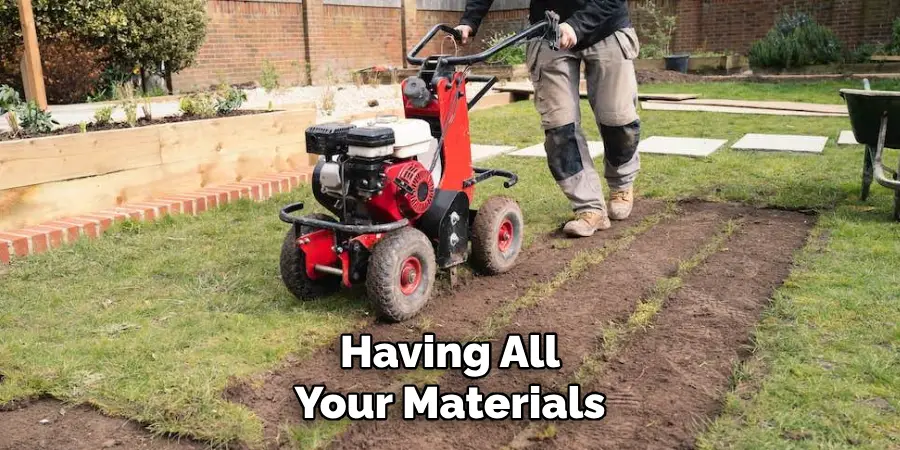
Proper removal ensures your new turf will establish well.
Manual Removal
For smaller areas or awkward spaces, use a sharp spade or hoe to cut and lift the old grass and roots, working in small sections. Shake off excess soil and take care around existing plants or borders. Manual removal allows for careful, detailed work but takes more time and effort.
Removing Grass with a Sod Cutter
For larger lawns, a sod cutter helps strip away old grass in neat sections. Follow manufacturer instructions for safe handling and even coverage. Wear gloves and sturdy boots, and avoid working in muddy conditions to prevent damaging your soil’s structure.
Preparing the Soil
Good soil preparation is the secret to healthy turf.
Clearing and Smoothing the Surface
After removing old grass, rake thoroughly to pick up debris, roots, and stones. Smooth the soil and fill any uneven low spots.
Soil Testing and Amendment
Use a soil pH test kit; most grasses prefer a pH between 6.0 and 7.0. Amend acidic soil with lime or lower pH with sulfur where needed. Blend in compost or high-quality soil, using a fork or tiller, to improve drainage and add nutrients.
Fertilizing for Fresh Growth
Distribute starter fertilizer, rich in phosphorus, over the prepped soil. Water lightly to activate the fertilizer and help settle the ground before the turf arrives.
How to Remove Old Grass and Lay New Turf: Laying New Turf
Laying the Sod
Start from a straight edge—like a driveway or garden path—and lay each sod piece tightly against the next. Avoid overlapping or leaving gaps. Stagger the edge seams from one row to the next, just like brickwork, to prevent erosion and keep the lawn looking even.
Trimming Sod for Fit
Trim pieces to fit curves, corners, and around obstacles using a strong knife or spade. Proper cutting ensures close contact and prevents weeds from exploiting gaps.
Pressing the Turf
Avoid walking on fresh sod as much as possible. Once the turf is down, use a lawn roller to press the grass firmly into the soil and eliminate air pockets, setting the stage for strong root growth.
Watering and Rolling the Turf
Immediate Watering
Water your new sod right away, within 30 minutes of finishing installation. Soak the turf thoroughly so the underlying soil is wet to several inches deep—this is critical for early root development and success.
Using a Lawn Roller
After watering, use the roller one more time to bond the turf securely to the soil, remove any remaining air pockets, and ensure even growing conditions across the lawn.
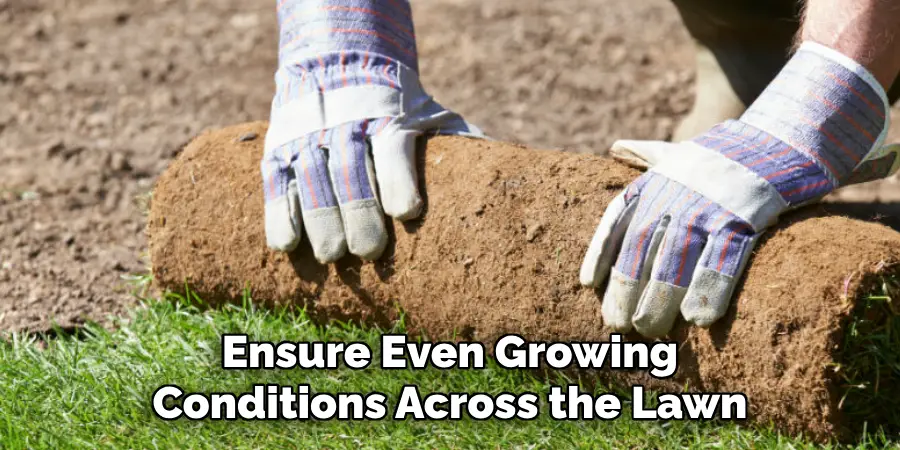
Maintenance After Installation
Watering Schedule
During the first few weeks, keep the turf constantly moist by watering each morning. If the weather is hot, two short waterings per day may be necessary. Consistent moisture is key until the roots have been established.
Mowing and Reducing Traffic
Once the new grass reaches about three inches, mow on a high setting, trimming no more than one-third at a time. Limit the use of the lawn until the roots are well set to prevent shifting and damage.
Troubleshooting Early Problems
A healthy new lawn should have a rich green color, seamless appearance, and show steady growth. Watch closely for yellowing, wilting, or loose edges—these could indicate under-watering, poor soil contact, or pests. Address issues swiftly to avoid bigger setbacks.
Dealing with Common Challenges
Fixing Uneven Spots
If any area settles lower or dries out, gently lift and add extra soil underneath, then reposition and water.
Rooting Problems
If sod isn’t rooting well, check soil preparation—compacted or dry soil hinders establishment. Amend and re-lay pieces as needed, and ensure you’re not underwatering or overwatering.
Pests and Weeds
For any weed or pest issues, select lawns-safe herbicides or pesticides early in the establishment period. Hand-pull weeds if possible, and monitor regularly for signs of insect damage.
Long-Term Care for a Healthy Lawn
Year-Round Practices
Aerate your lawn at least once per year to prevent compaction. Fertilize according to your chosen turf’s needs—most benefit from applications in spring and fall.
Ongoing Weed and Pest Control
Keep mowing regularly and pull any new weeds quickly. Treat pest issues before they spread using appropriate controls.
Smart Watering
As your lawn matures, transition to deeper, less frequent watering. One inch of water per week (from rain or irrigation) encourages deep-root growth and drought resilience.
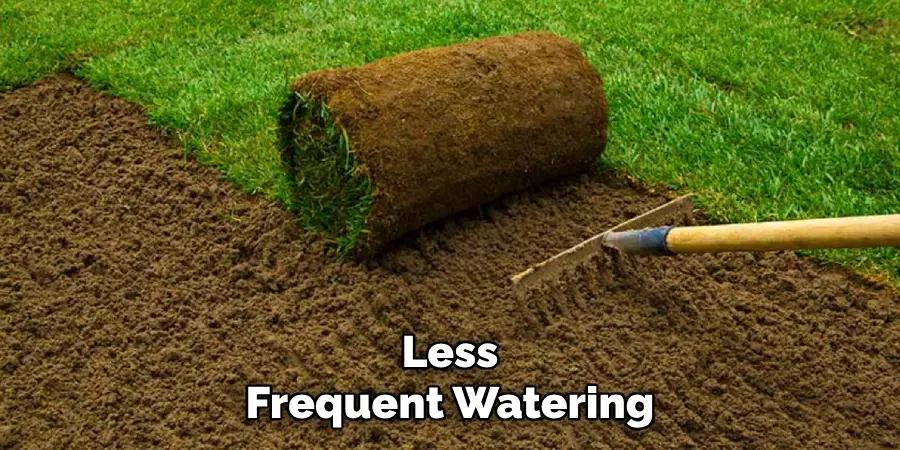
Frequently Asked Questions About Lawn Care
How Often Should I Mow My Lawn?
It is recommended to mow your lawn regularly to maintain its health and appearance. Aim to cut no more than one-third of the grass blade length at a time to prevent stress on the turf.
When Is the Best Time to Water My Lawn?
The optimal time to water your lawn is early in the morning, usually between 6 a.m. and 10 a.m., when the temperatures are cooler, and there is less evaporation.
How Can I Prevent Weeds From Taking Over?
To prevent weeds, maintain a healthy, thick lawn by following a consistent mowing, watering, and fertilizing schedule. Applying pre-emergent weed control products in early spring can also help keep weeds at bay.
Should I Aerate My Lawn Every Year?
Aerating your lawn annually is advisable if the soil is compacted, but for lawns with looser soil, aerating every two to three years may suffice.
What Type Of Fertilizer Should I Use?
The type of fertilizer depends on your grass type and soil conditions. A soil test can help you determine the right nutrient balance for your lawn.
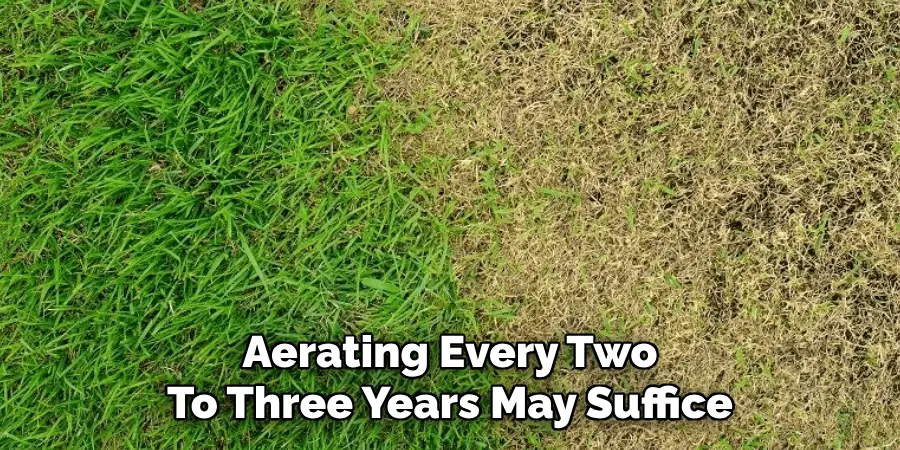
Conclusion
Learning how to remove old grass and lay new turf can rejuvenate even the most tired or neglected lawn. With careful planning—assessing your yard, picking the right grass, preparing the soil, and following proven installation techniques—you ensure a lasting, healthy result.
A few weeks of attention and care at the start make all the difference in how your new lawn will thrive in the years ahead. By mastering each step of how to remove old grass and lay new turf, you create an outdoor space to enjoy and be proud of for seasons to come.

